The Ilopango volcano eruption (also known as Tierra Blanca Joven or TBJ) occurred approximately 1,500 years ago. Pyroclastics currents were dispersed over much of the present territory of El Salvador and a volcanic ash column reached a height of 49 km, according to a new research published recently in Journal of Volcanology and Geothermal Research.
Dario Pedrazzi, researcher at the Institute of Earth Sciences Jaume Almera of the CSIC (ICTJA-CSIC), analyzed the TBJ ash (tephra) deposits, and has reconstructed the eruptive process of what is thought to be the largest explosive eruption that occurred in Central America in the last 10,000 years.
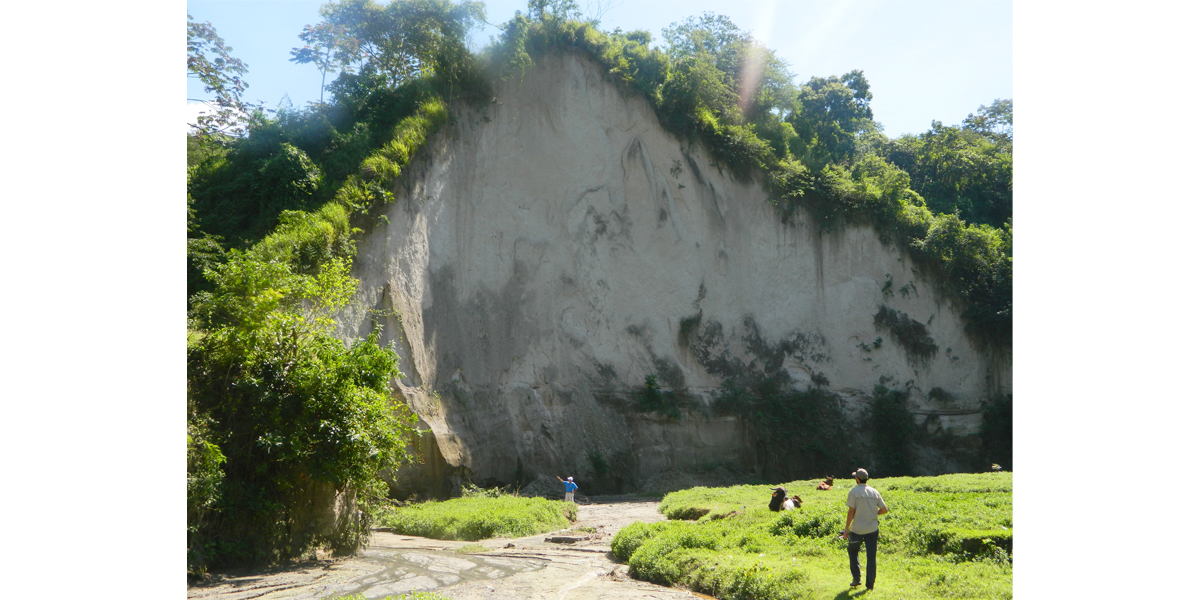
“The TBJ eruption was initially studied several years ago, but such a complete stratigraphic study hadn’t yet been carried out, and the physical parameters were not defined. The volcanic products dispersion was not determined, either,” said Pedrazzi.
This new study presents a complete stratigraphic description and the extent of the pyroclastic deposits of the TBJ eruption, which are still present all over El Salvador and in some neighbouring countries. The study also describes the physical parameters of the different phases of the eruption that generated the surveyed deposits.
The authors of the study conducted a detailed field mapping of an area of about 200.000 km2 during three field campaigns in order to reconstruct the stratigraphy of the TBJ deposits and the relationship with other eruptive deposits.
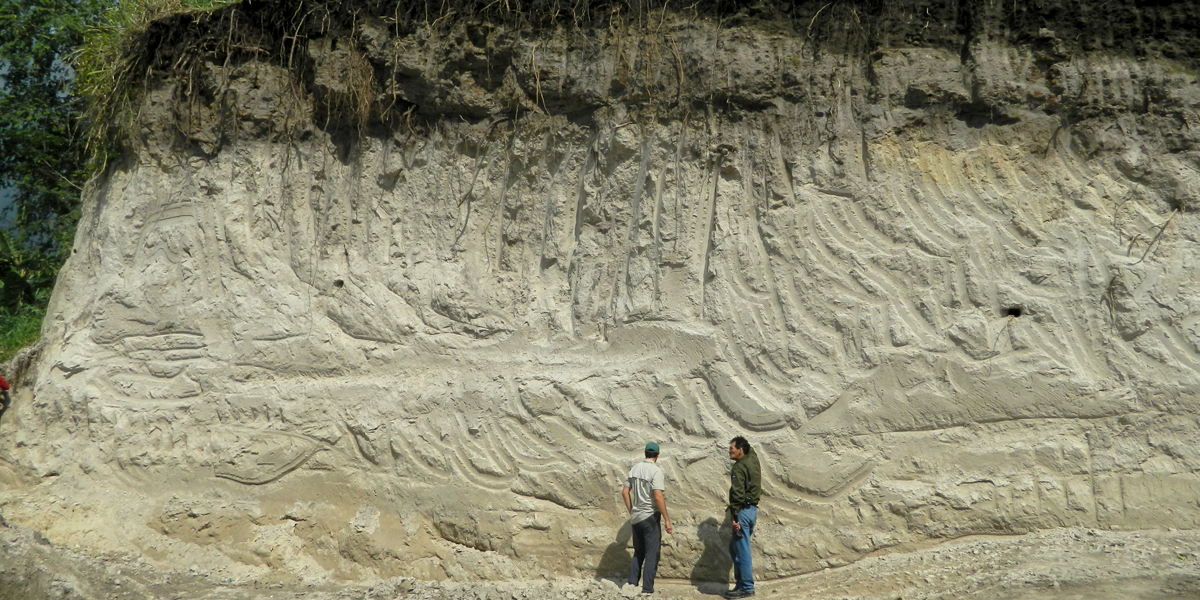
“What called our attention was the thickness of the pyroclastic deposits. Some of them were up to 70 meters thick, and reached distances of at least 40 to 50 kilometers from the vent. San Salvador City and its metropolitan area were built over the pyroclastic deposits originated during TBJ eruption”, explains Dario Pedrazzi.
Researchers measured 82 stratigraphic sections all over El Salvador, but they finally focused on 21 outcrops. They collected nearly 200 samples from all the outcrops that were analysed afterwards in the MARN and UNAM laboratories to obtain the parameters needed to develop numerical simulations.
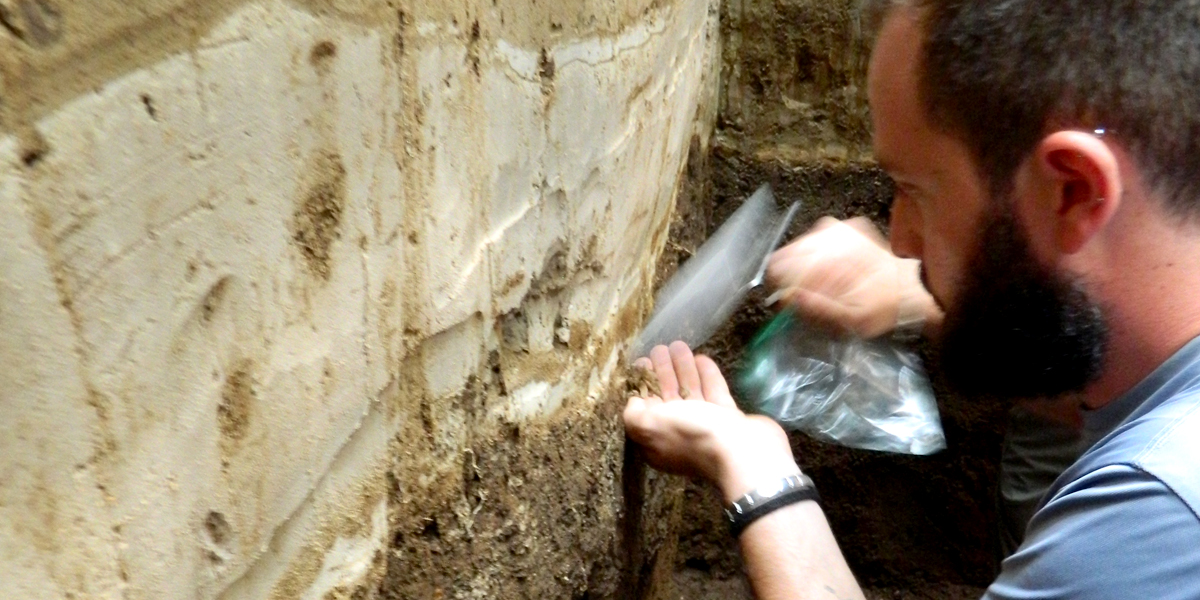
With all this data, the authors of the study were able to reconstruct the TBJ eruption dynamics. They identified a total of eight units in the deposits that correspond to different phases of the eruption.
“It was an eruption that started with pyroclastic surges in a very specific area. Then there was a shift in the eruptive dynamics, characterized by ash fallout, and it shifted again to another phase driven mainly by pyroclastic flows”, said Pedrazzi. “The eruption reached its climax with a series of pyroclastic flows probably linked to a caldera collapse. In the last phase, all the materials ejected previously were deposited by fallout mechanisms”.
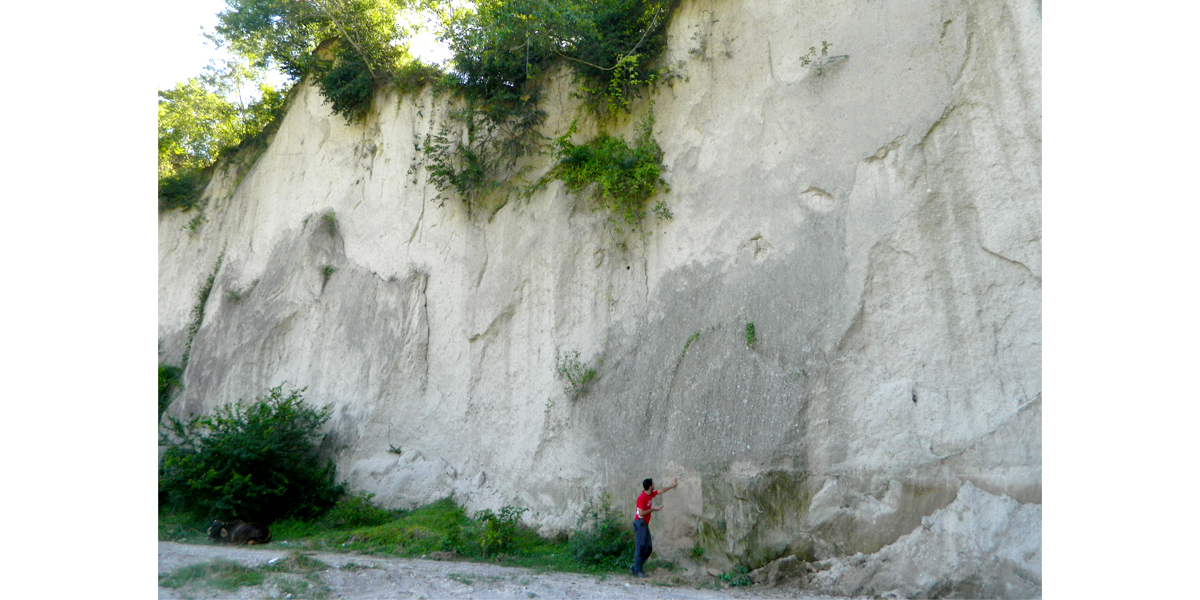
Some of these materials were transported and spread by the dominating winds, and reached distances as far as 100 km from the vent, especially fine grain ashes. Thanks to the numerical simulations, the authors of the study were able to estimate that during the final phase of the eruption, the column of volcanic ashes and gases (co-ignimbrite plume) reached a height of 49 km. Moreover, they calculated that the total bulk volume of ejected material was about 60 km3 of magma (30 km3 dense rock equivalent, which is the original volume of erupted magma), corresponding to a 6.8 magnitude eruption.
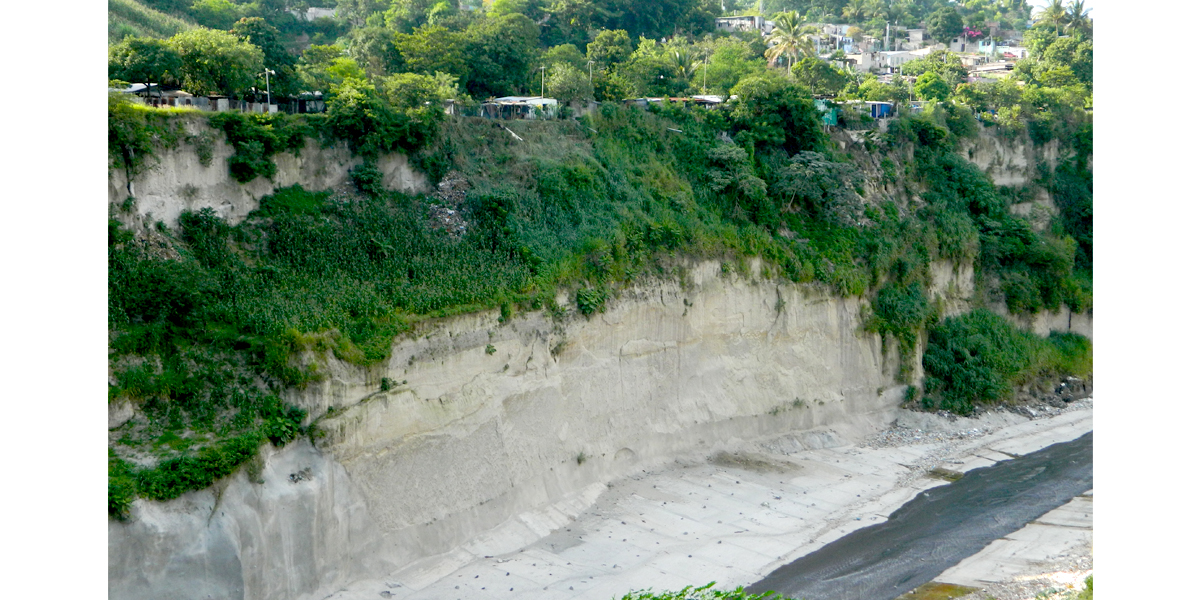
The study notes, “Mayan populations living in the region would have been considerably affected”, and observes that the communities living in the territory within 50 km from the Ilopango Caldera suffered a more direct impact. However, indirect effects on the social, economic and political systems derived from the eruption “probably affected a much wider area of Central America”.
According to the researchers, this study “represents the first and necessary step towards improved volcanic hazard assessment for the region” to mitigate volcanic risk for the large number of communities living around Ilopango Caldera, an active volcano whose last eruption was in 1879. It was then when some domes (Islas Quemadas) were formed inside the caldera. About 3 million people live currently within 30 km of the caldera.
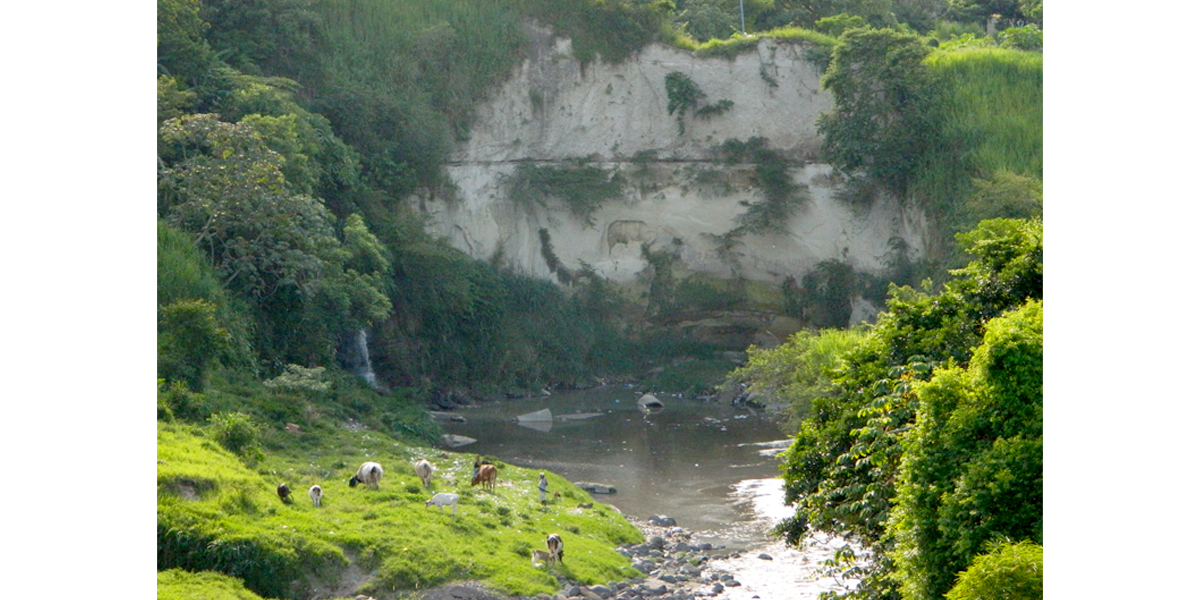
“The previous eruption occurred 8,000 years before TBJ eruption. The returning time of the last eruptions are shorter if we compare them with the first ones, occurred about 1.5 million years ago, although the volume of material ejected during the most recent eruptions is smaller”, said Dario Pedrazzi.
The Ilopango Caldera is located less than 10 km from San Salvador City, the capital of El Salvador, and it forms part of Volcanic Arc of El Salvador which includes a total of 21 active volcanoes, being one of the most active segments of the Central America Volcanic Arc.
Original article
Pedrazzi, D., Sunye-Puchol, I., Aguirre-Díaz, G., Costa, A., Smith, V., Poret, M., Dávila-Harris, P., Miggins,D., Hernández, W., Gutiérrez, E. (2018) “The Ilopango Tierra Blanca Joven (TBJ) eruption, El Salvador: Volcano-Stratigraphy and physical characterization of the major Holocene event of Central America.” Journal of Volcanology and Geothermal Research, 377, 81-102. doi: http://doi.org/10.1016/j.jvolgeores.2019.03.0060377-0273
